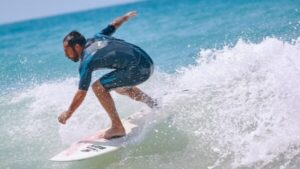
Balancing Board Safety Tips: Protecting Yourself During Workouts
Balancing boards provide an effective full-body workout, but the unstable surface can also lead to falls and injuries if proper precautions aren’t taken. By following

So you’ve mastered the basics of balancing on a rocker or wobbleboard. You can tilt and pivot with ease. Now you’re ready to take your skills to more advanced levels!
This comprehensive guide covers techniques that will challenge your balance to build higher levels of core strength, stability, coordination and body control. Get ready to balance like a pro.
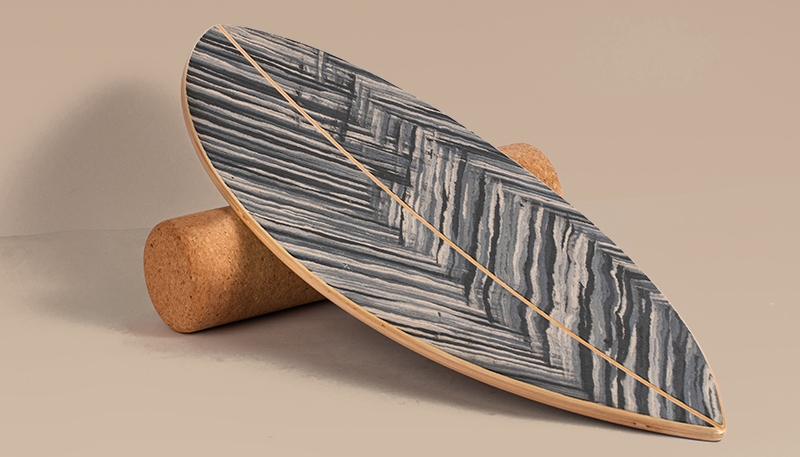
Pushing your limits on a balancing board provides many physical and mental benefits:
Just like any training practice, you have to increase the challenge to keep making progress. Applying these advanced tips will elevate your workouts to the next level.
A key way to make balancing more difficult is to use apparatuses that are less stable. As you get comfortable with a standard wobble board, try advancing to:
Inflatable balance discs are very unstable, forcing greater muscle activation to stabilize. Beginners should start with a partially inflated disc and increase air pressure over time.
The BOSU has an inflatable rubber hemisphere on the bottom which allows the board to move in all directions. Standing on the rounded side is extremely challenging.
This board has a narrow cylinder roller on the bottom. Balancing along the roller demands perfect control.
These foam cushions make any surface unstable. Try standing on one during your normal routine.
These pads go under each foot, creating instability. Use them during exercises to increase difficulty.
Experiment with different apparatuses to find new balancing challenges. The key is increasing instability.
Once you can balance solidly through basic exercises, try adding these more dynamic moves:
Jumping rope while standing fully on the board is an intense stability challenge. Start with easy alternating foot hops.
Rise up onto your toes, lifting your heels off the board. Hold briefly, then lower down with control working the calves.
Jump up switching feet in midair so you land in the opposite stance. Repeat quickly.
Drive one knee up towards the chest, keeping the foot off board. Alternate legs for high-speed sprint simulation.
Ride the board side-to-side as if surfing across waves. Have fun with this dynamic move!
From standing, extend one leg straight back squeezing glutes. Hold while maintaining balance.
With hands on the board, “walk” feet forward and back, inverting the body.
The possibilities are endless for creative balancing drills. Think outside the box!
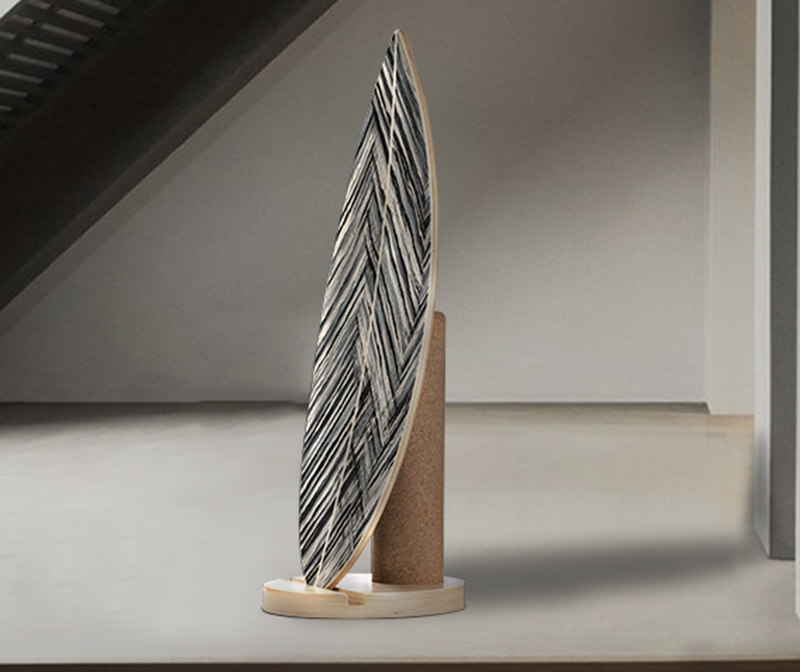
Balancing in positions other than standing also increases the challenge substantially:
Perform arm balances like planks and side planks with feet on the board. Engage the core to prevent torso rotation.
Move hands and feet in a crawling motion while keeping hips and shoulders still.
From a pushup position with feet on the board, bring knees up to chest one at a time.
Sit on the board with legs lifted and knees bent in a “V” shape. Optionally raise arms overhead.
Form an “L” shape, sitting on board and extending straight legs upward. Hold this gymnastics position.
Use the board to help kick inverted into a freestanding handstand position.
For greater difficulty, position part of your body underneath the balancing board:
Place one foot on top of the board and one underneath in a lunge position. Carefully lower until the back knee hovers above the floor.
With the board flipped, step one leg underneath from side to side while balancing on top.
Under-the-Board Pushups
Perform push-ups with hands underneath the board and feet on top.
Flip the board upside down. Place it on your feet and carefully balance the board fully above you.
Lie under the board holding it above you. Perform crunches keeping the board steady.
Removing the bilateral stance tremendously increases the challenge. Try:
Maintain a tight core and keep movements precise when balancing on one leg.
Practice smoothly changing directions without losing balance. Methods include:
Developing multi-directional balance skills improves ankle and hip stability for sports and prevents injuries. Reaction time also improves.
Removing visual input forces greater reliance on your proprioceptive and vestibular systems. Have a spotter and wall nearby for safety. Start with just a few seconds of eyes closed.
Set up an agility ladder on the floor and carefully perform footwork patterns while balancing on the board. Great for sports conditioning.

Trying exercises on a slackline or tightrope set just inches off the ground combines balancing skills in new ways.
Follow these advanced tips to increase the intensity and difficulty of your balancing board workouts. As your skills progress, get creative combining movements to build fast-paced, dynamic routines that will keep you improving your balance and strength for years to come. Have fun and balance!


Balancing boards provide an effective full-body workout, but the unstable surface can also lead to falls and injuries if proper precautions aren’t taken. By following
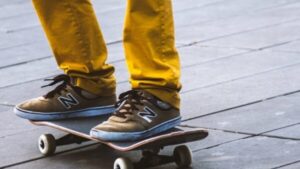
Store-bought balancing boards can be expensive, costing anywhere from $50 to over $200. But with some simple tools and materials, you can make your own

Balancing board training has become a popular way to challenge your coordination and engage those all-important core muscles. Unlike stable machines at the gym, balancing

Balancing boards, also known as balance boards or wobble boards, have become incredibly popular workout tools in recent years. These unstable platforms provide a fun
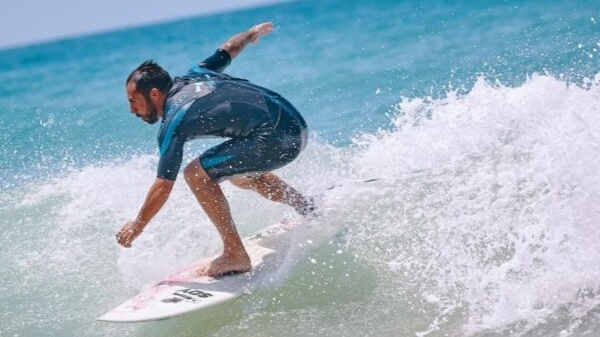
Balancing boards provide an effective full-body workout, but the unstable surface can also lead to falls and injuries if proper precautions aren’t taken. By following

So you’ve mastered the basics of balancing on a rocker or wobbleboard. You can tilt and pivot with ease. Now you’re ready to take your

Store-bought balancing boards can be expensive, costing anywhere from $50 to over $200. But with some simple tools and materials, you can make your own

Balancing board training has become a popular way to challenge your coordination and engage those all-important core muscles. Unlike stable machines at the gym, balancing
Copyright © 2024 equistablebalancingboard. All Rights Reserved.